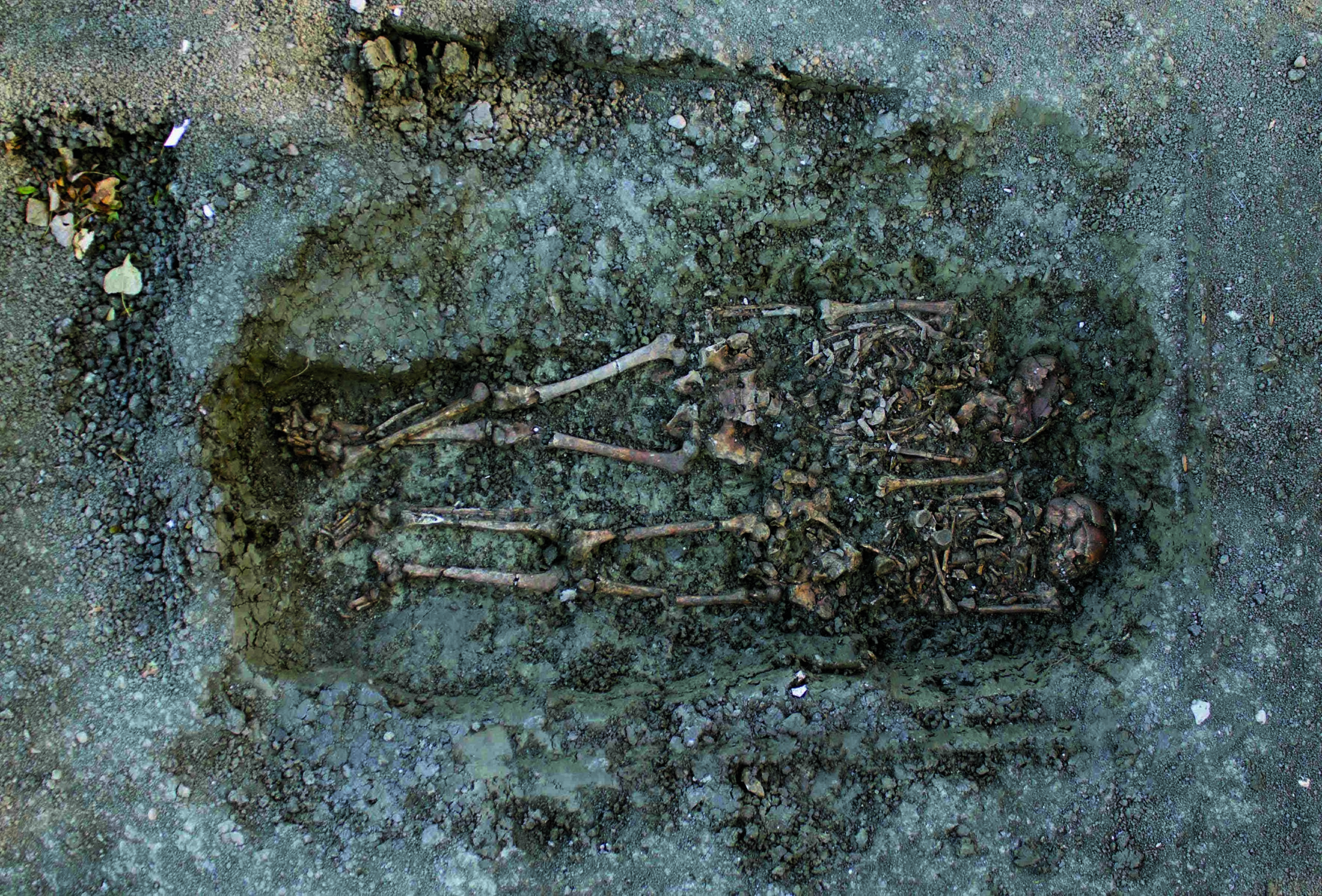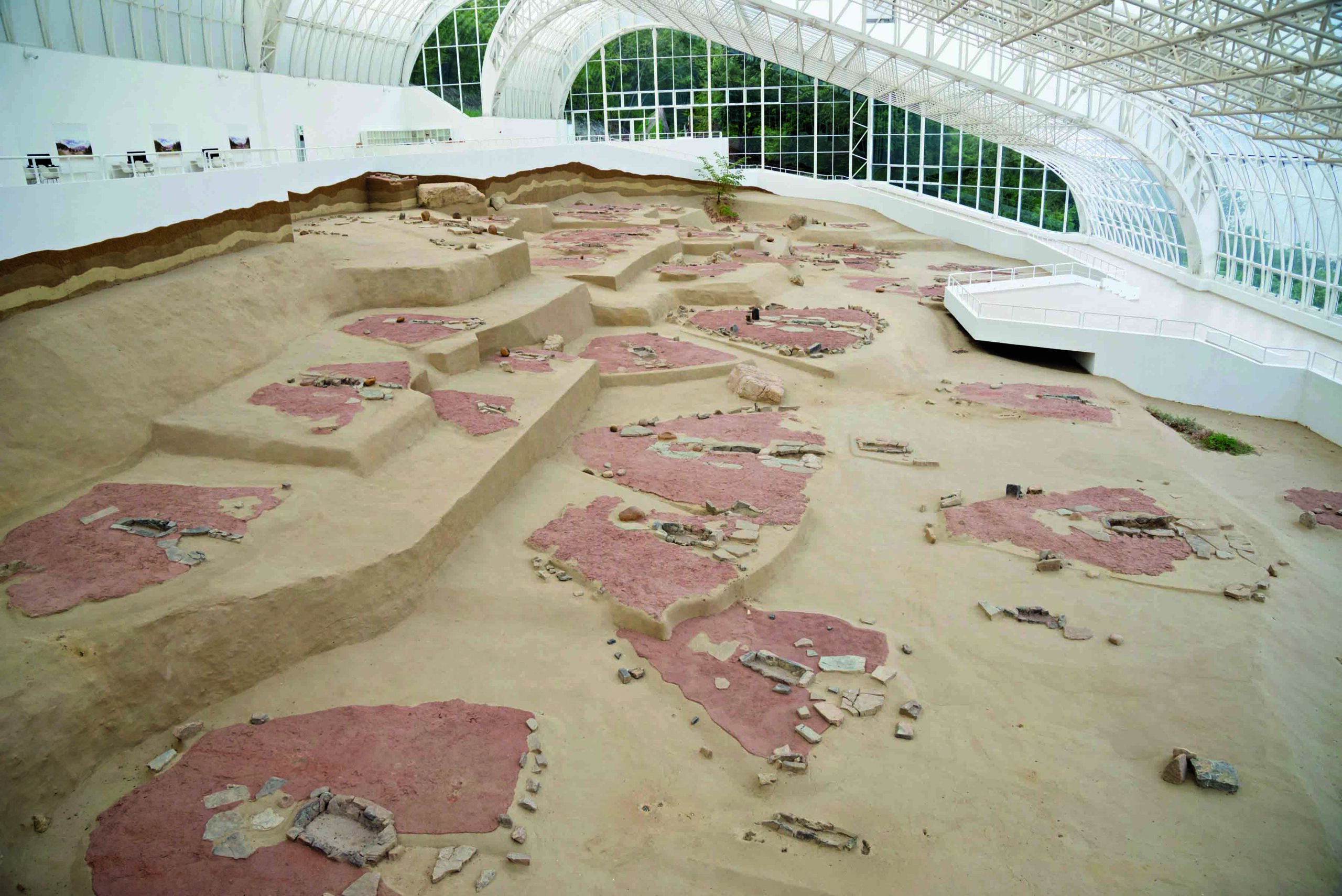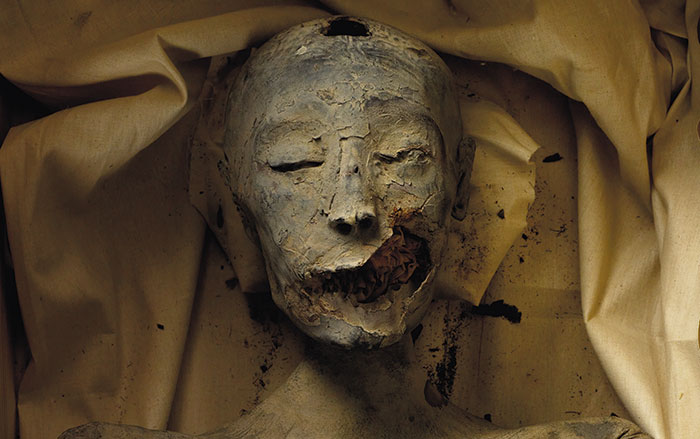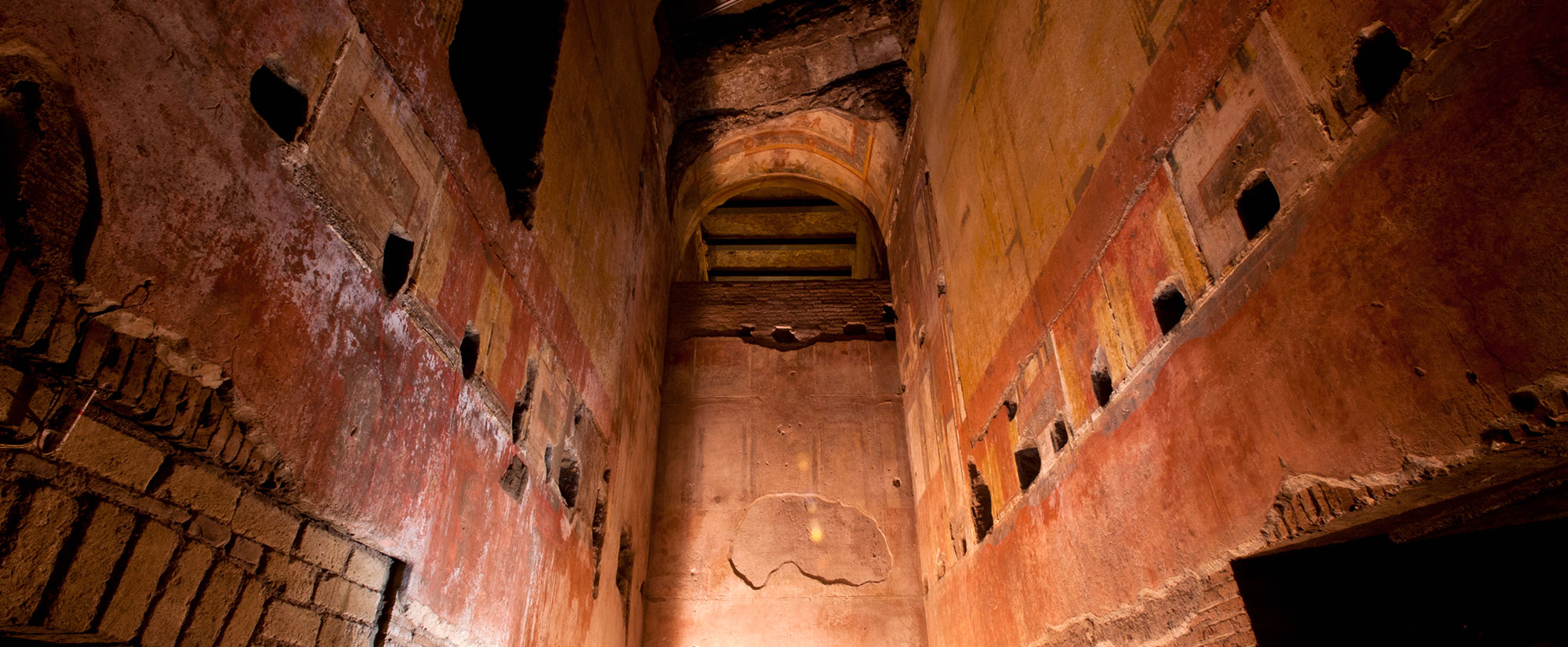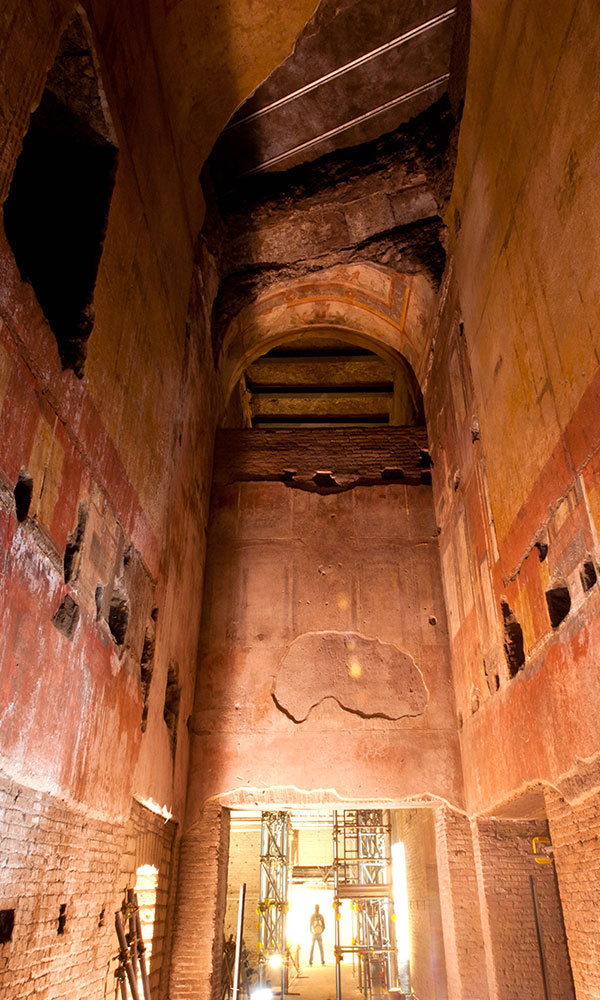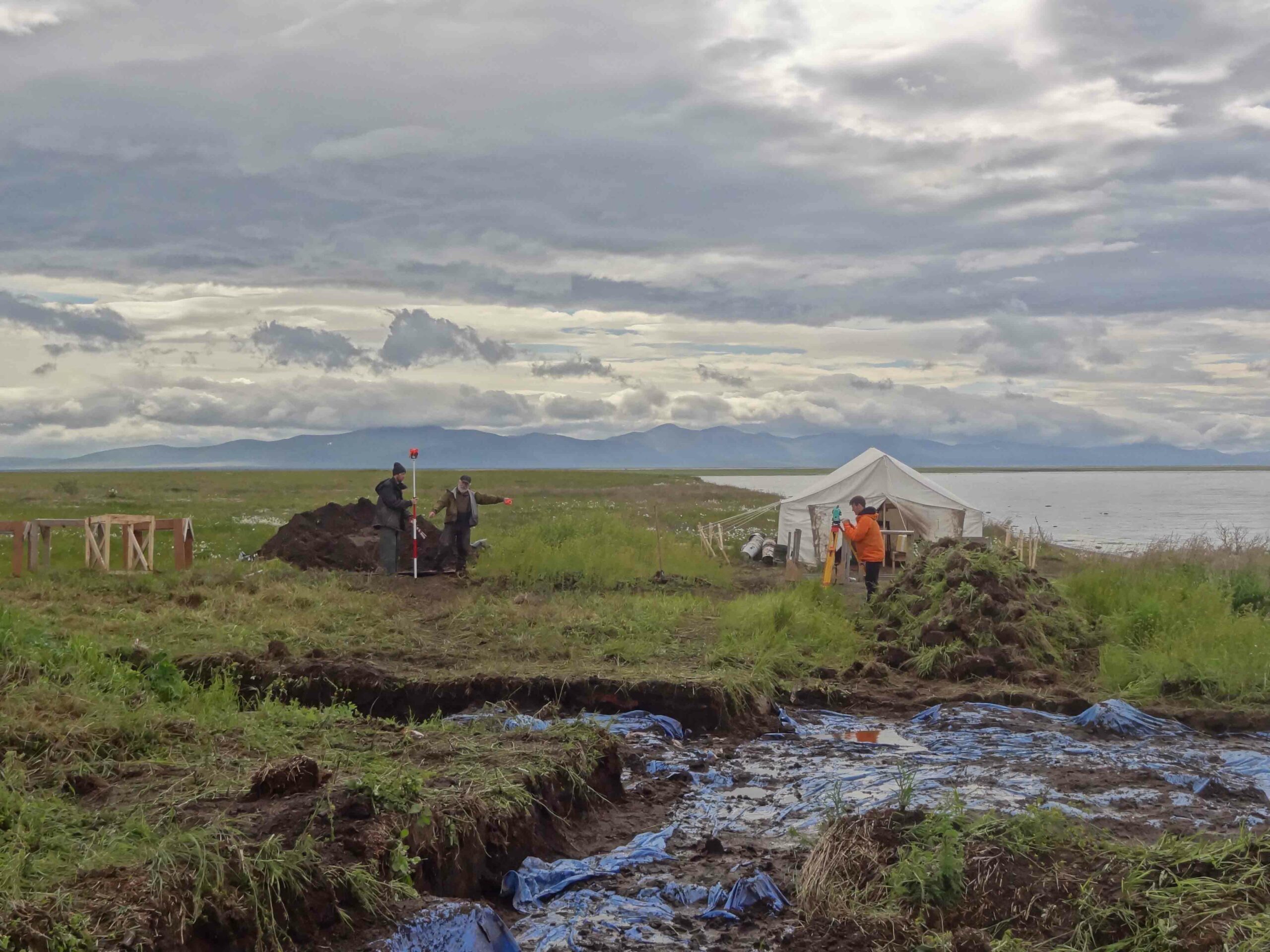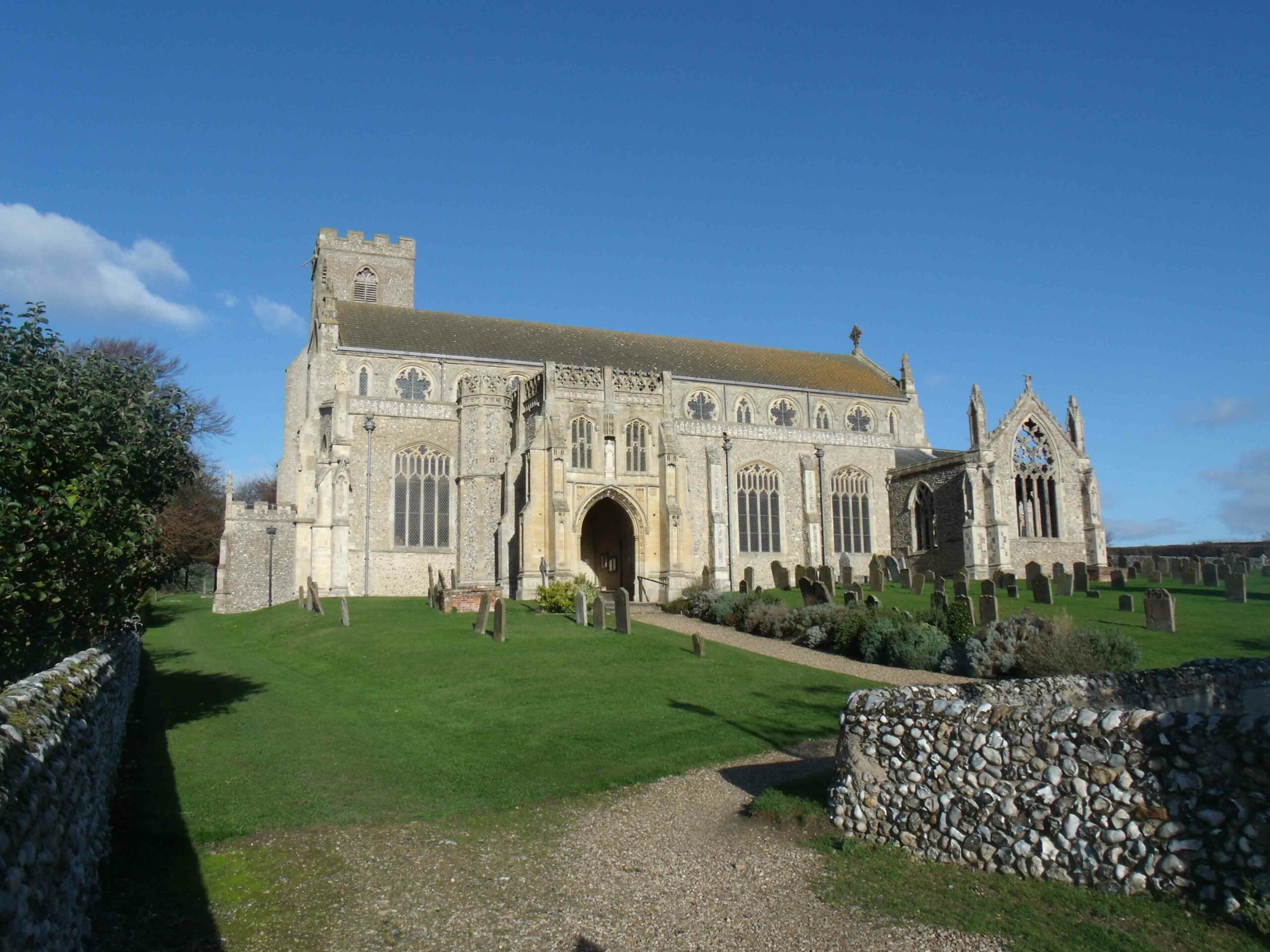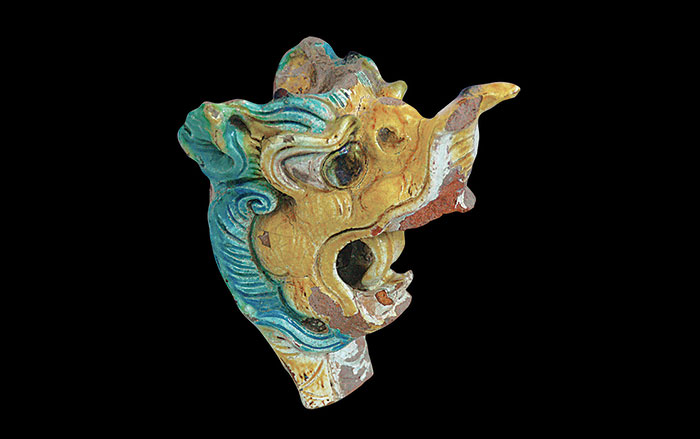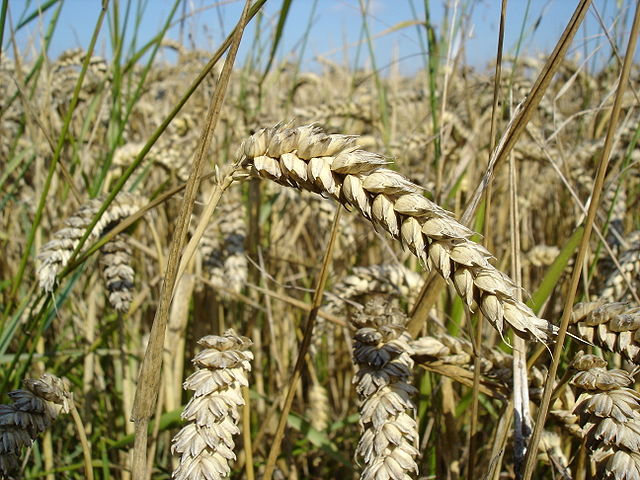
TÜBINGEN, GERMANY—Researchers led by scientists from the Max Planck Institute for Developmental Biology have developed a way to test the authenticity of ancient DNA based upon biochemical changes that accumulate with age. The changes cause cytosine (C), a building block of DNA, to be misread as thymine (T), another building block. Therefore, DNA samples will show either ancient or modern patterns of cytosine-to-thymine changes. “Modern DNA can easily contaminate precious samples so it is crucial to build in assurances that historic DNA is authentic,” Clemens Weiß told Phys.org. His team used this new test to examine a sample of wheat found submerged off the Isle of Wight. It had been thought that the wheat was 8,000 years old and evidence of trade between hunter-gatherers living in England and Neolithic farmers in Europe. The new test suggests that the wheat is younger than a few hundred years old. To read more about ancient DNA, go to "Neanderthal Genome Decoded."



